Dev Deepawali Program, India
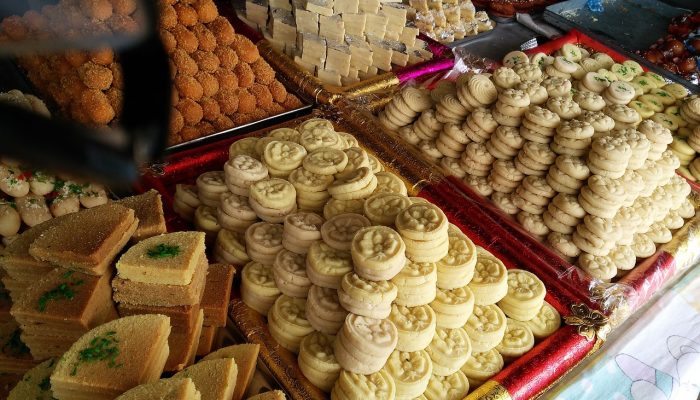
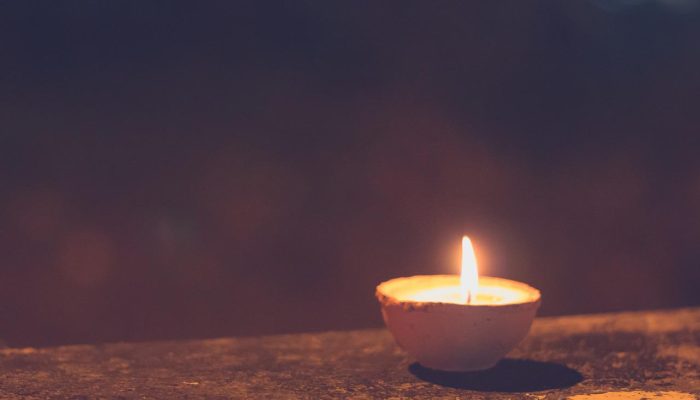
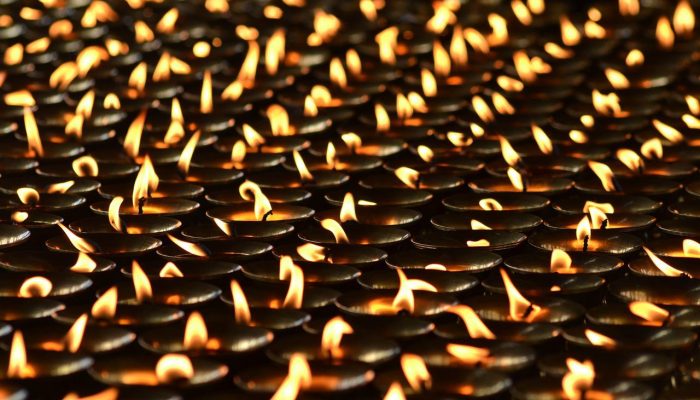
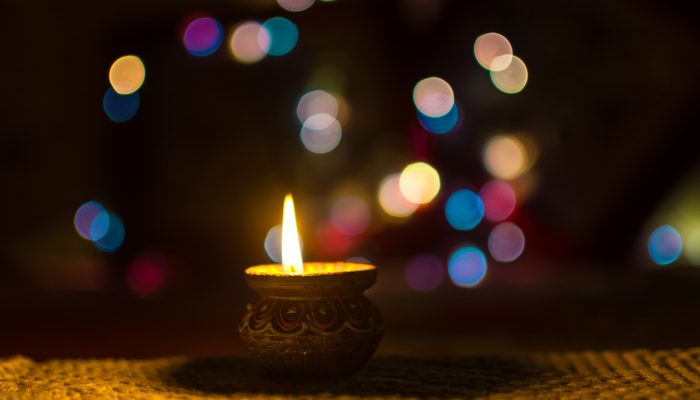
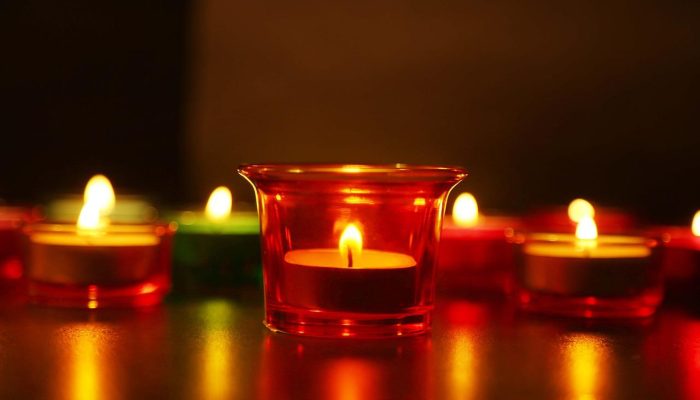
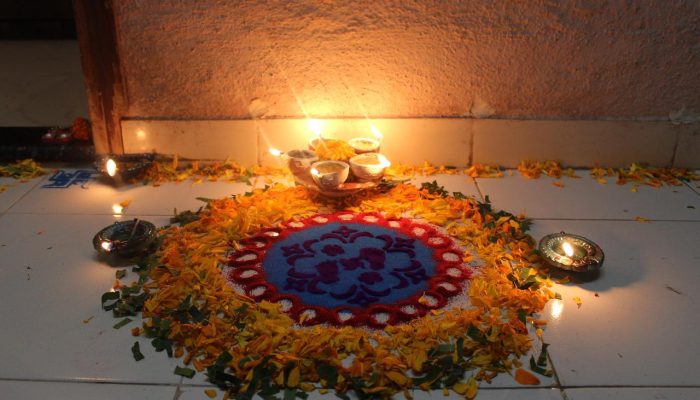
Sample Itinerary
DAY 1
Arrive Delhi
Delhi – Bhubaneshwar by flight
Arrive Delhi International Airport and after customs formalities walk out of the main EXIT gate. Meet & assist and you will be escorted to your HOTEL where our representative would help you with check in formalities (rooms booked from previous day to ensure immediate occupancy).
Delhi the second-largest metropolis in India after Mumbai and one of the oldest continually inhabited cities in the world. It is located on the banks of the River Yamuna in northern India and, as the National Capital Territory of Delhi (NCT), has the political status of a federally-administered Union Territory within the National Capital Region. The city is believed to be the site of Indraprastha, legendary capital of the Pandavas in the Indian epic Mahabharata. The Archaeological Survey of India recognizes 175 monuments in Delhi as national heritage sites.
In time transfer to airport to board flight for Bhubaneshwar. Meeting and assistance on arrival at Bhubaneswar airport, transfer to the hotel & check-in.
Later proceed to visit Raja Rani Temple; the Rajarani temple Bhubaneswar is one of the most beautiful temples representing a unique experiment in the field of architecture in Orissa. The temple in all probability, referred to in the traditional Sanskrit texts as Indresvara Siva temple is remarkable for its sculptural excellence, profusion of ornaments, exuberant architectural features and multiple scroll work. State Museum, the genesis of the Odisha State Museum goes back to the year 1932, when two notable historians Prof. N. C Banerjee & Prof. Ghanshyam Dash of Ravenshaw College, Cuttack started collection of archaeological treasures from various places. The small museum was then housed within the premises of the College. In 1938, by a suitable order, the Government of Odisha transformed this nucleus into the Provincial museum of Odisha. Tribal Museum; Tribal Museum also known as Orissa Museum of Tribal Art and Artifacts provides a detailed information about the tribal life and culture of Orissa. Sometimes referred as Tribal Research Institute Museum (Museum of Man), it is basically a research center that reveal about more than sixty varied tribal groups of Orissa, their way of living, handicrafts, musical instruments, songs, dances and festivals. The Tribal Museum has a rich collection of stone and wood sculptures, metal objects and images, weapons, wooden objects, anthropological objects, jewelry, textiles, terracotta, tribal dresses and also some remarkable records, which have been conserved about these tribes.
Dinner & Overnight at Hotel
DAY 2
Bhubaneshwar – Konark – Puri & back
Morning after breakfast; we will do same day excursion trip to Puri enroute visiting Konark to see the beautiful Sun Temple built in the 13th century in honor of Surya, the Sun god, containing exquisite stone sculptures. The life-size lions and elephants, figures of warriors on horse, scenes of battle, all sculpted with great imagination and skill; testify to the high standards of ancient India art and engineering skills.
In Puri, visit Jagannath Temple from the top of the library. It is a place of pilgrimage for the Hindus. The renowned Jagannath temple built in the 15th century A.D. and crowned with Vishnu’s wheel and flag dominate the landscape at Puri. The temples with its elaborate carvings and moldings are very fine example of Orissan architecture. Note: Non-Hindus are not allowed inside the temple.
Dinner & Overnight at Hotel
DAY 3
Bhubaneshwar – Kolkata by Jan Shatabdi Express (0600/1240 hrs)
Early morning transfer to Bhubaneshwar Railway Station to board train for Kolkata. Meet & assist on arrival at Howrah Station and transfer to hotel.
Afternoon proceed on a city tour visit Victoria Memorial (Closed on Mondays), Mother Teresa Ashram for Orphange, walk through College street – Asia’s largest book market that comes alive with different type of books (academic/novels etc.) up for sale at a throw away price. Nearby is a Heritage Coffee House which still maintains the décor and style of serving to its guests as it used to be during British rule over the city where you can see the old and young gossiping and feel the pulse of the culture. Later visit Kali Temple. It is a great pilgrimage center of the Hindus and is situated at Kalighat. The original temple was built some 350 years ago. A legend goes that when the corpse of sati, wife of lord Shiva was cut into pieces by the Sudarshan Chakra, one of her fingers fell here.
Dinner & Overnight at Hotel
DAY 4
In Kolkata
After an early breakfast proceed for a Walking Tour of the Kolkata- in the footsteps of Raj –Dalhousie square – The British had sought to build the second city of the Empire right here and it is this ‘building’ that we’ll show you in the course of our walk through the ‘European’ areas of what was once the capital of the British Empire in India. There are major plans on to beautify and restore this heritage site with its rich and varied architectural styles. Also visit St. Paul’s Cathedral which was constructed between 1839 and 1847 in Gothic style with stained glass windows and two Florentine frescoes, the cathedral is the largest in the city and next to the Birla Planetarium. It was consecrated in 1874. Howrah Bridge (Rabindra Setu), a miracle of engineering skill, the Howrah Bridge is a huge cantilever bridge supported by two piers 270 ft. high from road level. The span between the piers is 1,500 ft while the total distance between the two sheet anchors is 2,115 ft. There are eight traffic lanes and two footpaths on the 71 ft. wide bridge. Flower Market: This famous flower market is set at the foot of the massive Howrah Bridge. The garlands of roses and marigolds, the smells, the voices and the intense activity make it a fascinating and totally unique place. Dalhousie Square was the administrative centre for British India. On one side is the General Post Office, a majestic specimen of Edwardian architecture. It is built on the site of the original Fort William. On the other side stands the “Writers Building”, a massive Gothic structure dating from 1880. It remains a government building, today the centre of the West Bengal Government administration. Marble Palace: Famous for its marble walls and floors, antique collection, rare birds, paintings, floor to ceiling mirrors and marble statues. (Closed on Mondays and Thursdays) Tagore House: The dulcet whispers of history echo through the old mansions of Hindu aristocrats in North Kolkata. A fine example is Tagore House at Jorasanko, the birthplace of Rabindranath Tagore, India’s greatest modern poet. Converted to the Rabindra Bharati University, it is now a centre for Indian Classical Fine Arts. Jain Temple: The Pareshnath Jain Temple complex was built by an art connoisseur named Ray Badridas Bahadur in 1867. Located in the northeast of the city, it is a significant place of worship, its beauty enhanced by mirrors and coloured stones. The complex comprises four temples, of which the predominant temple is dedicated to the 10th Jain Avtaar, Sri Sital Nath Ji.
Dinner & Overnight at Hotel
DAY 5
Kolkata – Varanasi by flight
In time transfer to airport to board flight for Varanasi (in absence of direct flight, we shall provide CCU-DEL-VNS flight connection).
Arrive Varanasi & immediately we will proceed to visit Sarnath where Lord Buddha preached his first sermon. A major Buddhist centre, Sarnath lies 10 kilometers north east of Varanasi. It was here that Buddha preached his message of the ‘middle way’ to nirvana after achieving enlightenment at Bodhgaya. In around 234 BC, Emperor Ashoka, a great follower of Buddhism, erected a stupa here. Between the 3rd century BC and the 11th century AD, several Buddhist structures were built here in Sarnath. Most of the Sarnath’s monuments are set in large gardens making it quite pleasant for a visitor to spend some time here.
In the evening take a rickshaw ride to visit the Ghats and temples which are lit with oil-lamp lights or candles. Participate in an Aarti Ceremony (collective prayer) and watch the floating Diyas (lamps) on the river Ganges.
Dinner & Overnight at Hotel
DAY 6
In Varanasi
Early morning boat cruise on river Ganges. Dawn, the Ghats are abuzz with activity of the devotees performing their ablutions in the river or offering prayers to the rising sun and performing other religious rituals. The sunrise on the Ganges is a soul-lifting.
Later come back to the hotel for breakfast followed by city tour of Old city.
In the evening take another rickshaw ride followed by boat tour to visit the Ghats which are lit with oil-lamp lights or candles. During Dev Deepawali, houses are decorated with oil lamps and colored designs on their front doors. Firecrackers are burnt at night, processions of decorated deities are taken out into the streets of Varanasi, and oil lamps are set afloat on the river. The steps of all the ghats on the riverfront of the Ganges River, from Ravidas Ghat at the southern end to Rajghat, are lit with more than a million earthen lamps (diyas) in honour of Ganga, the Ganges, and its presiding goddess. The gods are believed to descend to Earth to bathe in the Ganges on this day. The festival is also observed as Tripura Purnima Snan.
Dinner & Overnight at Hotel
DAY 7
Varanasi – Khajuraho by flight
In time transfer to airport to board flight for Khajuraho. Meet & assist on arrival at Khajuraho airport and transfer to hotel.
Afternoon you will proceed for guided sightseeing of Khajuraho which includes the visit to EASTERN AND WESTERN GROUP OF TEMPLES. The temples of Khajuraho are commemorated to a pantheon of Gods and Goddesses of different sects. They are also segregated into groups based on their specific geographical locations. Two distinctive groups are the ‘Eastern Group of Temples’ and the ‘Western Group of Temples’. Most of them are built of pale yellow, buff or pink sandstone. Atypical of a temple town, Khajuraho is not only about worshipping Gods or dipping in sanctimonious waters. In fact, what makes the Khajuraho stand out is the eroticism and celebration of carnal love that have been meticulously etched in the walls of its temples.
Dinner & Overnight at Hotel
DAY 8
Khajuraho – Orchha by surface
After breakfast; drive to Orchha, the once flourishing capital of the Bundela-Rajput. Upon arrival; check-in at your hotel.
Orchha is a city having its origin during the medieval times of 16th Century built by Bundela rulers and has many old timed palaces and temples reflecting grand old beauty, which existed in those times. The City was built by a Rajput leader Rudra Pratap Singh. He chose Orchha city as the capital, because it was on the Banks of Betwa River. Orchha‘s grandeur has been captured in stone, frozen in time, a rich legacy of the ages. For this medieval city, the hand of time has rested and the palaces and the temples built by its Bundela rulers in the 16th and 17th century retain much of their pristine perfection. Jehangir Mahal, a tiered palace crowned by graceful Chhatries, commands a spectacular view of soaring temple-spires and cenotaphs. Complementing the noble proportions of their exteriors are interiors which represent the finest flowering of the Bundela School of painting. In the Laxminarayan Temple and Raj Mahal, vibrant murals encompassing a variety of religious and secular themes, bring the walls and ceilings to rich life.
Dinner & Overnight at Hotel
DAY 9
Orchha – Jhansi & Jhansi – Bhopal by Shatabdi Express (1050/1400 hrs)
Breakfast at hotel; transfer to Jhansi Railway Station to board Shatabdi Express for Bhopal.
Upon arrival, we shall straight proceed to visit Sanchi (remains closed every Fridays) which is known for its Stupas, monasteries, temples and pillars dating from the 3rd century B.C. to the 12th century A.D. The most famous of these monuments, the Sanchi Stupa 1, was originally built by the Mauryan Emperor Ashoka, the then governor of Ujjayini, whose wife Devi was the daughter of a merchant from adjacent Vidisha. Their son Mahindra and daughter Sanghamitra were born in Ujjayini and sent to Sri Lanka, where they converted the King, the Queen and their people to Buddhism.
Drive back & check-in at your hotel.
Dinner & Overnight at Hotel
DAY 10
Bhopal – Mumbai by flight
Early Breakfast at hotel and intime transfer for your flight to Mumbai and staright for your tour visiting the Gateway of India, erected on the waterfront in 1924 to commemorate King George V’s visit to this colony in 1911. Drive past the Afghan Church, Secretariat of Maharashtra Government and along the Marine Drive which is fondly known as the ‘Queen’s Necklace’, visit Jain temple, Chowpatty, Kamla Nehru Park.
- Stop at the ‘Dhobi Ghat’ where Mumbai’s ‘dirties’ are scrubbed, bashed, dyed and hung out to dry. Continue to the colourful Crawford market and to the Flora fountain in the large bustling square, in the heart of the city the ‘Colaba Causeway’ – the commercial heart of Bombay.
- Overnight at the hotel
DAY 11
Mumbai-Aurangabad by flight
- After breakfast; visit Mani Bhawan where Mahatma Gandhi stayed during his visits to Mumbai.
- In time, transfer to Mumbai airport to board flight for Aurangabad. Upon arrival, transfer to the hotel & check-in.
- Overnight at the hotel
DAY 12
In Aurangabad
- After breakfast, proceed to visit Ellora Caves; famous for its monumental caves, impressive in their own right are the rock cut temples and monasteries. There are 34 caves, actually structures excavated out of the vertical face of the hills, dedicated to Lord Shiva. The caves are hewn out of the volcanic basaltic formation of Maharashtra, known as ‘Deccan Trap’. (Closed on Tuesdays)
- Later drive back to Aurangabad & proceed for the city tour & visit Bibi Ka Maqbara which was built by Prince Azam Shah, son of Emperor Aurangzeb as a loving tribute to his mother, Dilras Bano Begam.
- Overnight at the hotel
DAY 12
Aurangabad-Ajanta Caves-Aurangabad & Aurangabad-Mumbai by flight Departure from Mumbai
- After breakfast; excursion to Ajanta Caves counted amongst the UNESCO world heritage sites in Maharashtra, these caves have been found to date back to the 2nd century BC. There are approximately 30 caves at the site of Ajanta, of which cave number are 9, 10, 19, 26 and 29 are chaitya-grihas. (Closed on Mondays)
- Drive back to Aurangabad & transfer to Aurangabad airport to board flight back to Mumbai.
- Remain in transit to board flight back for onwards journey.
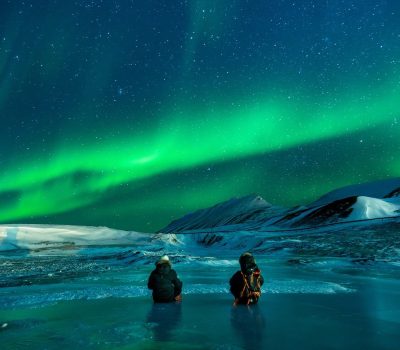
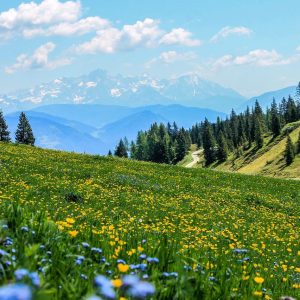
CREATE AN EXPERIENCE
Let's Make Memories Together
The voyage does not finish once you have left. We’ll transport you to a world of wonders and create amazing memories that will last long after you’ve returned home.
Away from the regular tourist traps, you’ll have a one-of-a-kind, authentic experience. A sensation created in an energizing setting that will be yours and yours alone. We will make this happen because old travels are great ones. The world’s wonders are within your grasp.





